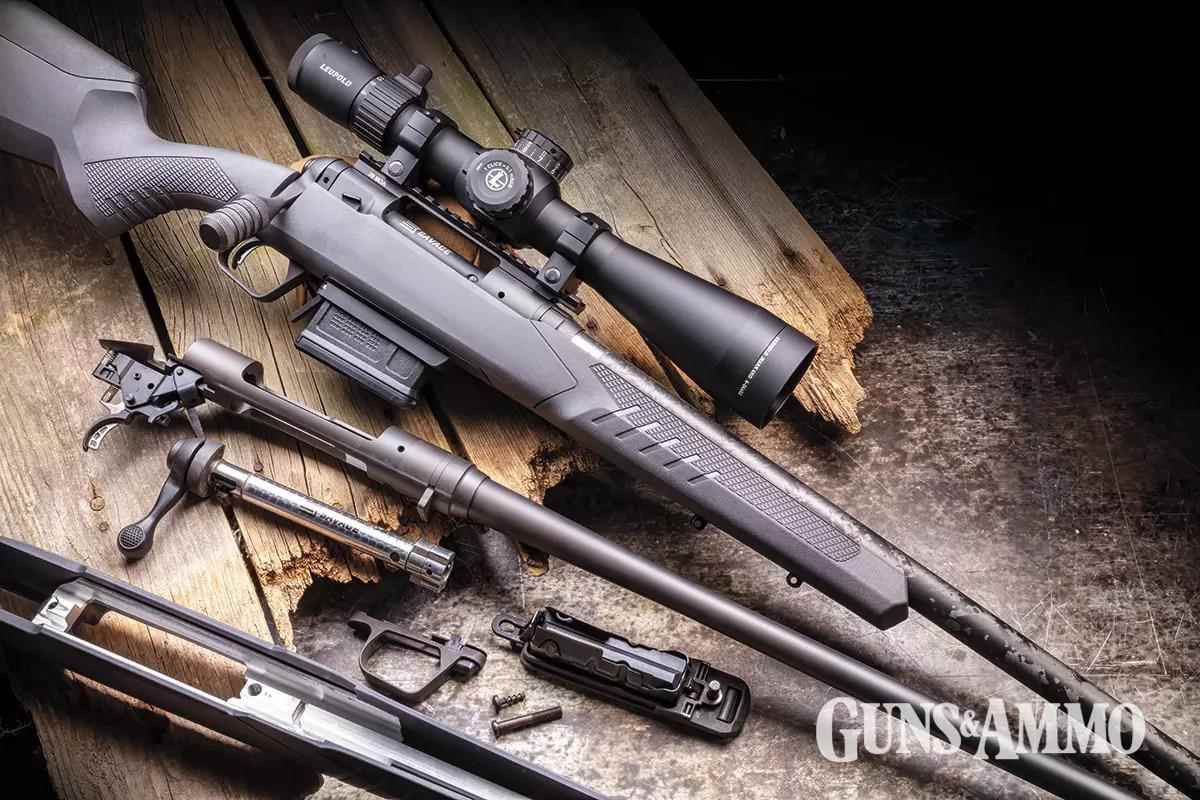Part 1 of this article series summarized the history and engineering of the Savage Model 110, a bolt-action rifle that was named for its $110 price tag when it was introduced in 1958. (Factoring inflation, that’s about $1,189 in 2024.) We explored its concept and operation, then surveyed its many variations including innovations such as the AccuTrigger and scoped-rifle packages. Following the numbering system released in 1998, models such as the 111, 112, 114 and 116 expanded on Savage’s long-action offerings, while two-digit models, including the 10, 11, and 12, were developed for short-action receivers. These days, the numbering system continues, but it has been simplified to three digits with consistency.
To become familiar with current Savage models, I examined modern-manufactured examples ahead of writing these articles for G&A. As different as they could be, one was a long-action Model 114 Classic in .30-’06 Springfield, discontinued in 2019, that sports a walnut stock. It’s a traditional-looking, classy rifle that is very similar to the first 110 I bought 40 years ago. The second rifle I ordered was a current-production short-action Model 110 Storm, also available with a left-hand action and calibers ranging from .243 to .338. Mine was chambered to 6.5mm Creedmoor.
The Inclusive Rifle
The 110 Storm features a stainless-steel barreled action and synthetic stock with AccuStock rail system. “AccuStock” is a Savage innovation that incorporates a chassis-type bedding of the action and recoil lug that leaves the barrel free-floating. Perhaps more important, the gray “AccuFit” stock is adjustable with four length-of-pull spacers and five height-of-comb spacers. Just unscrew the recoil pad and the spacers easily slip in and out to make a perfect stock fit.
Really wanting the Creedmoor to perform from the 110 Storm, I mounted a discontinued Bushnell 4.5-15X scope to the drilled-and-tapped receiver for its magnification range. The scope added a bit of weight, bringing the short-action 110 Storm up to 9 pounds. Thinking of hills to climb in the fall, I put a Bushnell 4500 Elite 2.5-10×40 scope on the .30-’06. Interestingly, with a lighter scope, the 114 Classic weighed exactly the same as the scoped 110 Storm — even with the long action and walnut stock.
Advertisement
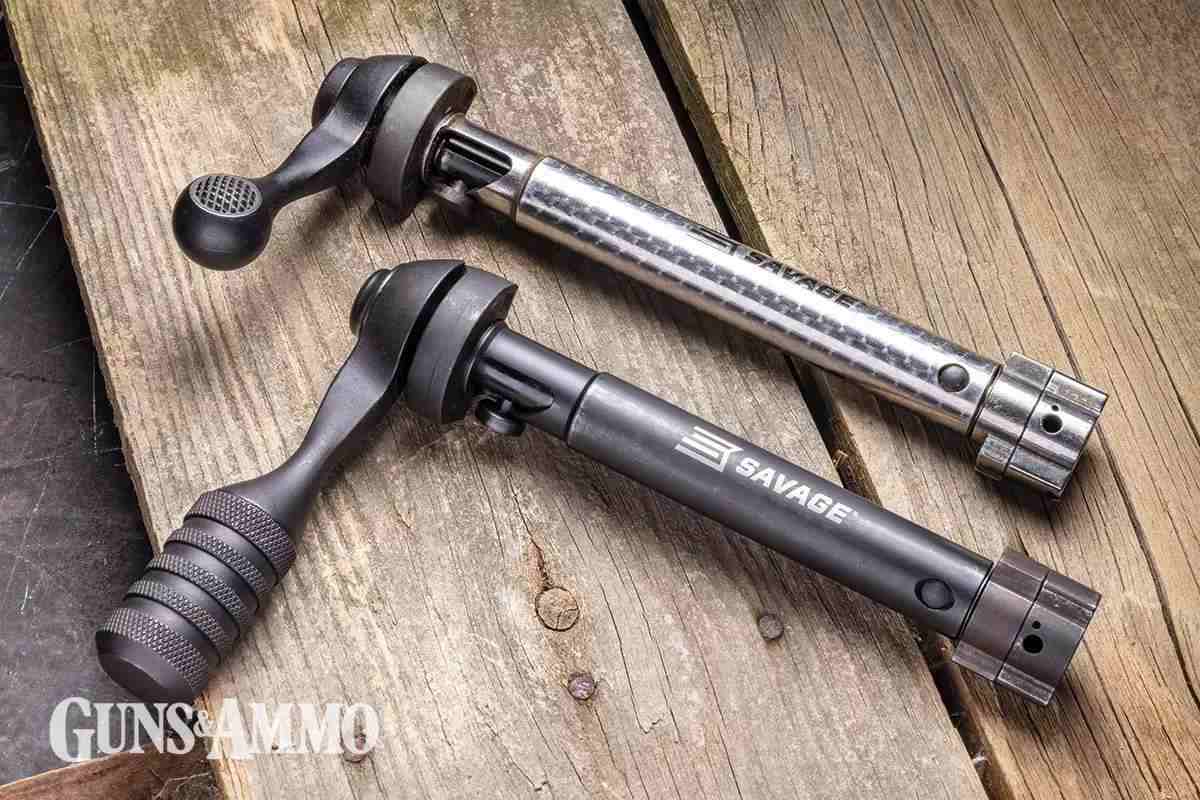
As expected, the function of both rifles was smooth and flawless. Given the reputation of the 6.5mm Creedmoor, plus the 4-15X scope and AccuStock, I expected the 110 Storm to be the superior option, but it was not to be. The best group of five shots into .6-inch came from the .30-’06 using Federal’s Edge TLR 175-grain load. Overall, the 6.5 Creedmoor did produce the best average — making it a solid MOA rifle — but the .30-’06 was just as close in performance. Both rifles were grouped with a variety of loads and multiple brands. Although results varied, the 110 and 114 were very consistent; accuracy was pure Savage.
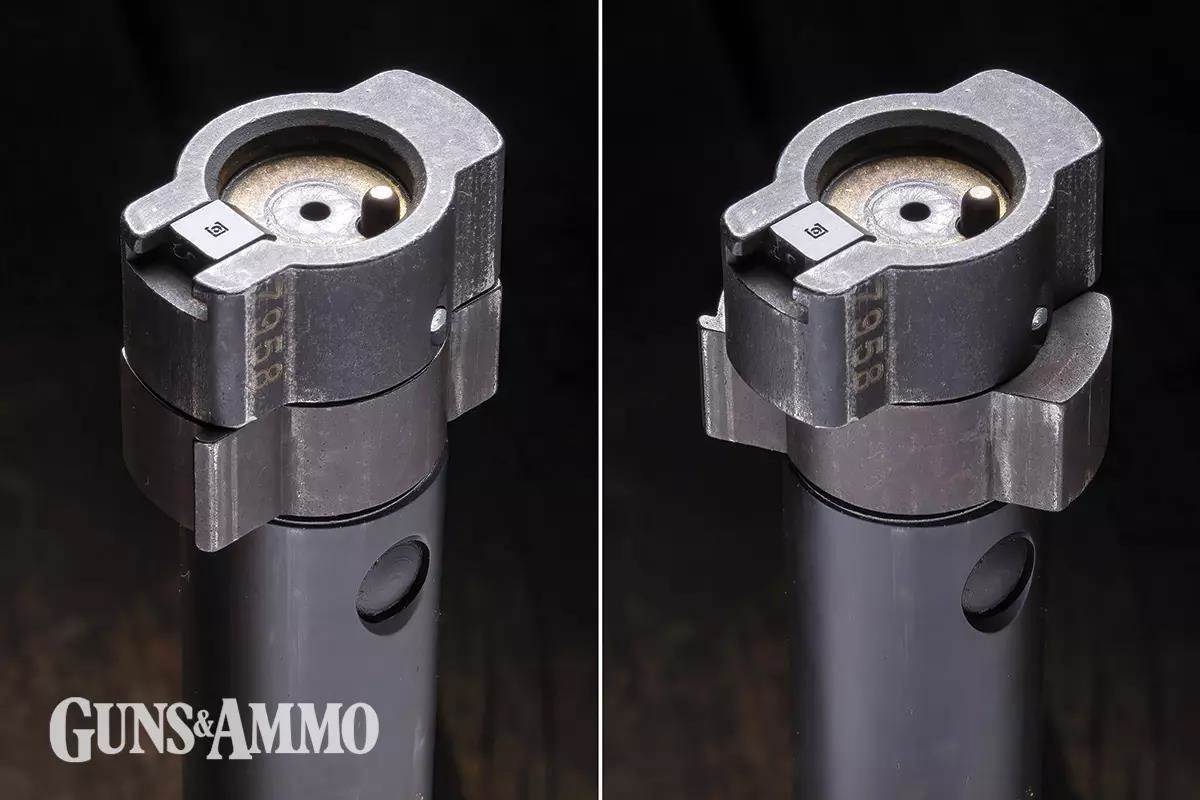
Now at retirement age — but neither retired nor tired — the Savage 110 line continues to expand, adapting configurations to include contemporary feature sets and trends. At this writing, there are 48 variations of the Model 110. The newer Savage Axis line offers some 39 variations. Configurations span hunting rifles in wood or synthetic stocks, attached to stainless steel or matte black finishes. Starting in 2020, the 110 was offered with exclusive Proof Research stainless-steel, carbon-fiber-wrapped barrels. These include the 110 Carbon Predator, 110 Carbon Tactical, and 110 Carbon Tactical FDE with limited chamberings.
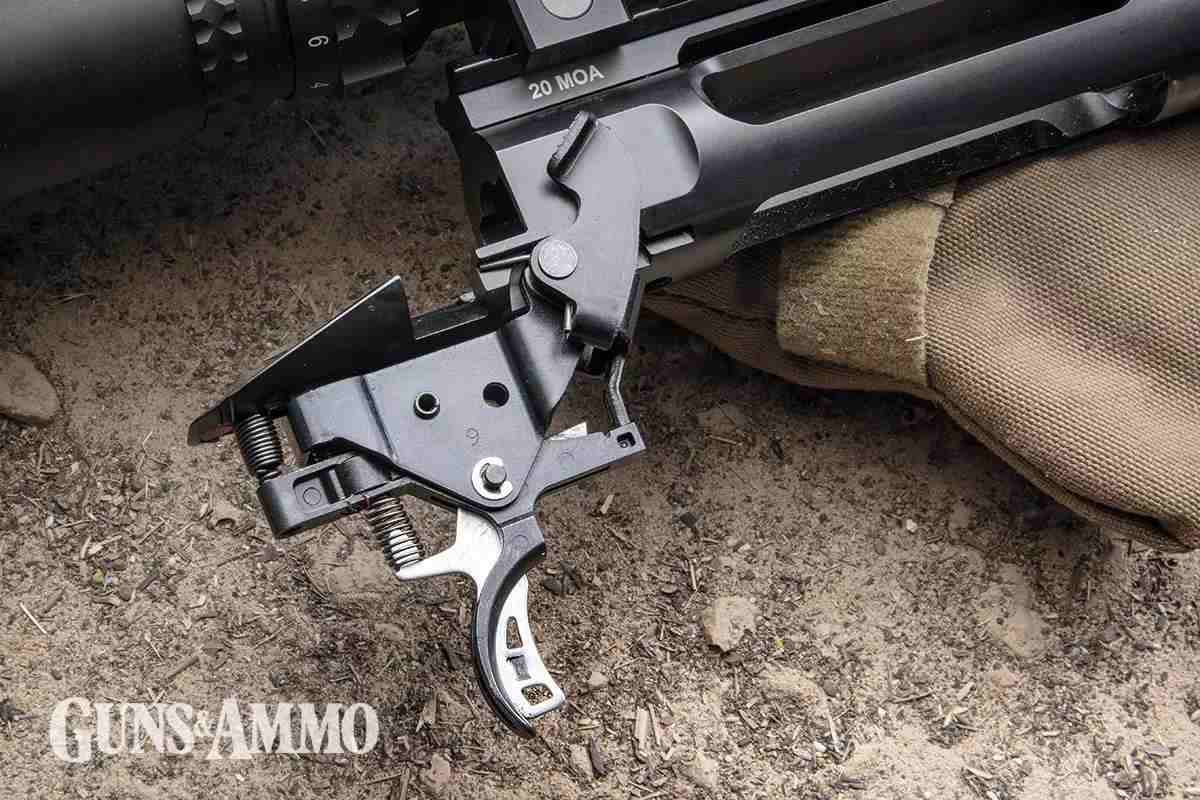
From the 110 Scout rifle with 16½-inch barrel and muzzlebrake to 110 Precision rifles with MDT customizable chassis stocks and extreme range performance, the varieties address any shooting activity. There are also models designed specifically for youth. At the core, all are built around the proven Model 110 action. Introduced in 2022, the 110 PCS, a bolt-action pistol with MDT aluminum chassis and AICS detachable box magazine available in .223 Remington, .300 Blackout, .308 Winchester, .350 Legend and 6.5 Creedmoor.
Advertisement
Historically, Savage 110 chamberings were popular cartridges, which is still true. The goal of any manufacturer is to sell guns, right? However, Savage has been daring in the chamberings of its recent models. In the early 2000s, the Savage 110 was the only factory rifle chambered to some of John Lazzeroni’s super-fast Lazzeroni Magnums, which were always the fastest in a given caliber class. Today, Savage 110s address cartridges with cult-like followings, including the 6.5-.284 Norma, and .280 Ackley Improved, .300 WSM and .375 Ruger, to name a few. The Savage 110 is also quick to introduce rifles that support the latest cartridge technology, including the 6mm ARC, the .350 Legend, the Hornady PRC cartridges, and the .224 Valkyrie. None of the many configurations are chambered to all possible cartridges that we might want, but no current-production bolt-action is offered in as many chamberings.

Still the Same
As a junior editor at G&A in 1979, I was once in a conversation with Dave Hetzler. Forty years ago, I’ve never forgotten his words: “If you want a factory rifle that will really shoot, just get a Savage 110 and be done with it.” This was a whispered mantra back then, but it remains true today.
The Savage 110 is not the least-expensive factory bolt gun offered today, though the 110 Trail Hunter and Walmart-exclusive Model 110 Hunter XP with Bushnell 4-12x40mm scope package ($650) are close. Some configurations may not appear as elegant as the 110 Classic, and some are probably not as smooth as others, but it’s gonna work and shoot straight. It may even be a tackdriver with the right load.
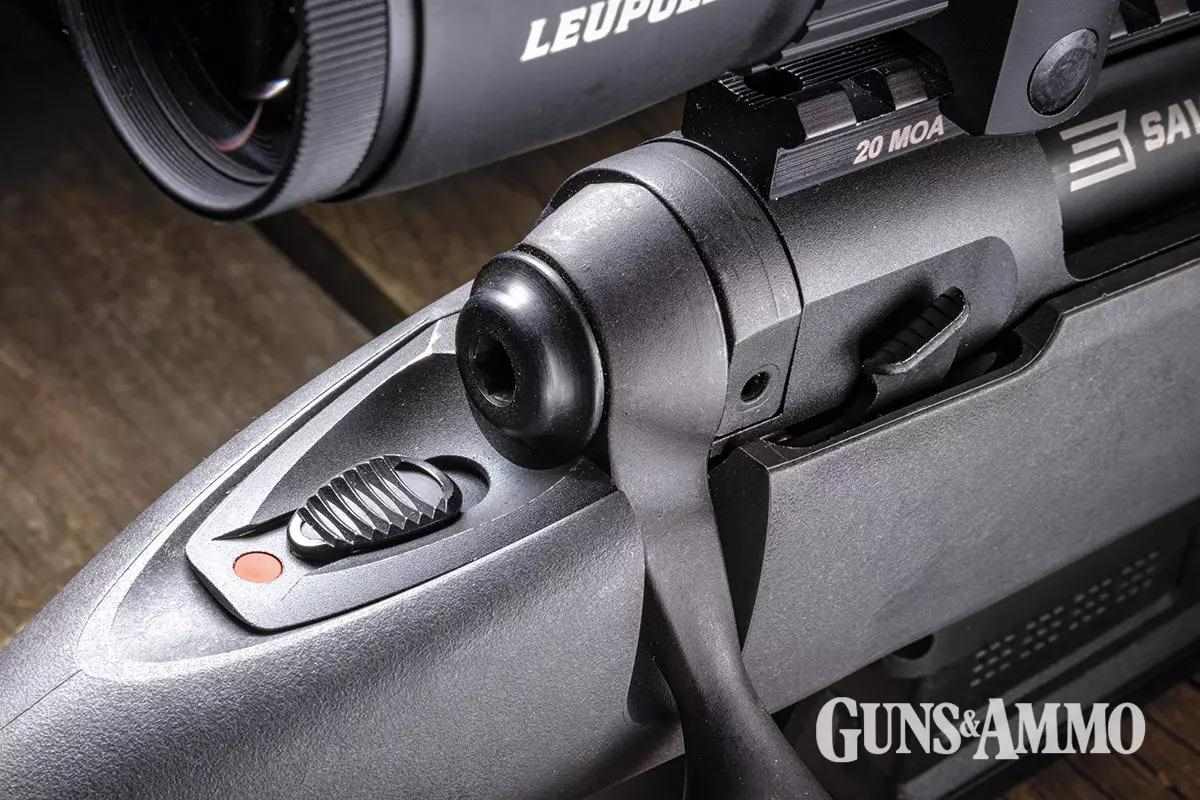
I don’t go back far enough to know exactly when the rifle acquired this reputation, but it had it by the 1970s. It was a strength that Ron Coburn seized upon when he accepted the role of CEO in 1988: Accuracy. It is an attribute that I’ve always relied on. For many years, Savage was the best option for heavy-barreled varminters, and they still offer more options for cartridges ranging from .204 Ruger to .220 Swift. Of course, accuracy is subjective. It depends on what you want, what you need, and what you expect. It is also dependent on the shooter’s ability, but adjustable stock options — from the Savage AccuFit, Magpul Hunter and Scout models, and MDT chassis systems — support a shooter’s willingness to tune a rifle fit for optimal performance.
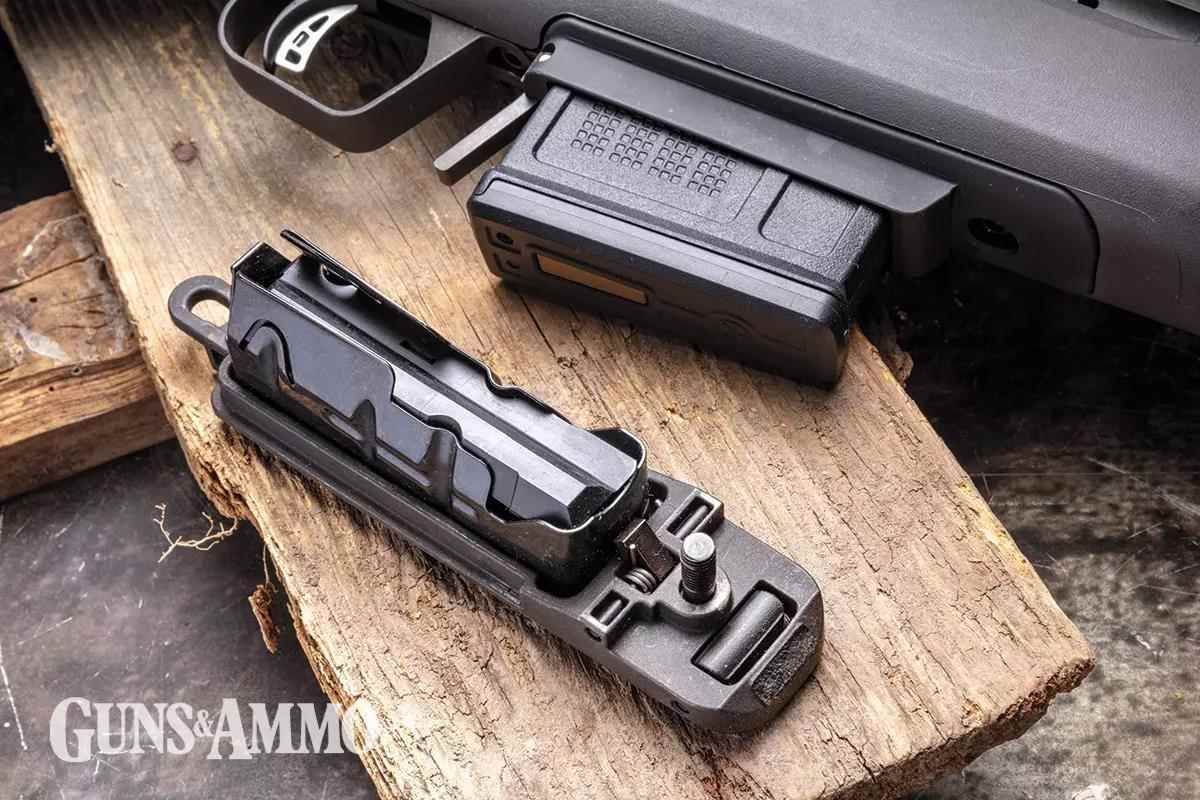
While filming a G&A TV segment at the Westfield, Massachusetts, plant, I was allowed to build a Savage 110 on camera. I am not mechanical, but under the patient tutelage of veteran employees, we built a heavy-barreled model in .22-250. In the shooting tunnel, the bench was in a cramped space and could only accommodate a right-handed shooter. When there isn’t a choice, I can shoot as a right-hander if I must. With the rifle reasonably zeroed in three shots, I fired a group using a Federal 55-grain load. That first group that day measured just .118 inches. Savage barrels are button-rifled, which is a common method to both manufacture and rifle barrels.
Why do Savage 110s shoot so well? Honestly, I don’t know. The design is sound and manufacturing consistent. For more than 60 years, Savage has held the Model 110 to tight tolerances. Beyond this, I think there are subtle factors. First, the machined action is massive and rigid. Second, the bolt head is a floating design under pressure from a flat spring behind the forward baffle. As lugs go into battery, there’s a bit of flex, so contact and headspace are consistent. I think the lock nut that marries the barrel to receiver is a major factor, as well, ensuring a consistent and concentric fit. For sure, it isn’t magic.
Read the full article here


